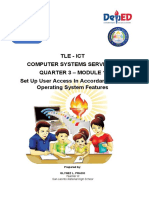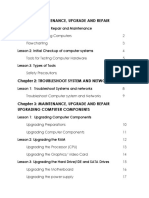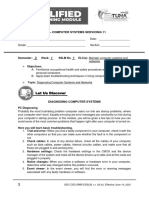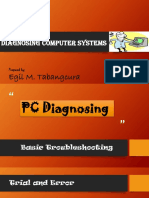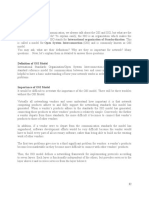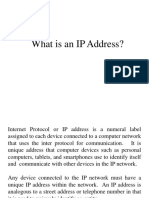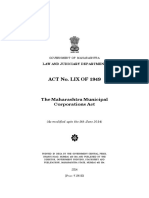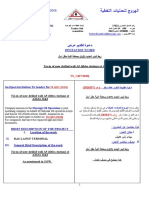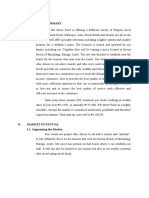0% found this document useful (0 votes)
129 views16 pagesDetermining The Computer Systems Errors Using Manual and Software Diagnosis
This document discusses determining computer system errors through manual and software diagnosis. It describes common manual diagnosis steps like inspecting components for physical damage or loose connections. It also lists some software diagnosis tools that can check specific components like CPUs, memory, hard drives, and network connectivity. These include temperature monitors, memory diagnostic tools, disk cleanup and defragmenter utilities, and network diagnosis tools. The document emphasizes that identifying errors through both manual and software methods helps maintain computer systems.
Uploaded by
Jason EchevariaCopyright
© © All Rights Reserved
We take content rights seriously. If you suspect this is your content, claim it here.
Available Formats
Download as PPTX, PDF, TXT or read online on Scribd
0% found this document useful (0 votes)
129 views16 pagesDetermining The Computer Systems Errors Using Manual and Software Diagnosis
This document discusses determining computer system errors through manual and software diagnosis. It describes common manual diagnosis steps like inspecting components for physical damage or loose connections. It also lists some software diagnosis tools that can check specific components like CPUs, memory, hard drives, and network connectivity. These include temperature monitors, memory diagnostic tools, disk cleanup and defragmenter utilities, and network diagnosis tools. The document emphasizes that identifying errors through both manual and software methods helps maintain computer systems.
Uploaded by
Jason EchevariaCopyright
© © All Rights Reserved
We take content rights seriously. If you suspect this is your content, claim it here.
Available Formats
Download as PPTX, PDF, TXT or read online on Scribd
/ 16

















